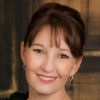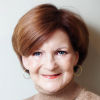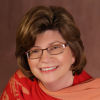
For Writers
Good Old Number 35
This past year, I had the chance to work with some authors on a continuity series for Harlequin. The editors gave us information about all of our characters and plots. It was our job as authors to put together the hundreds of details that make the series unique and completely real feeling. I soon realized that I was out of my league.
Read more












